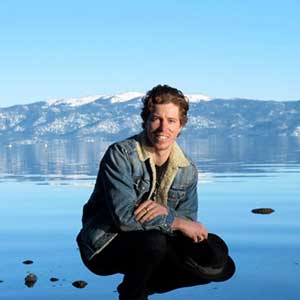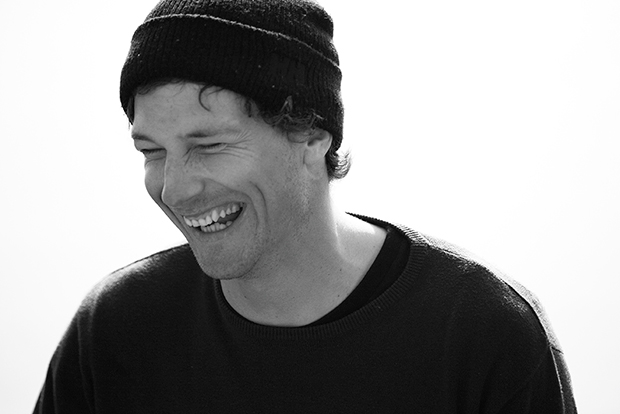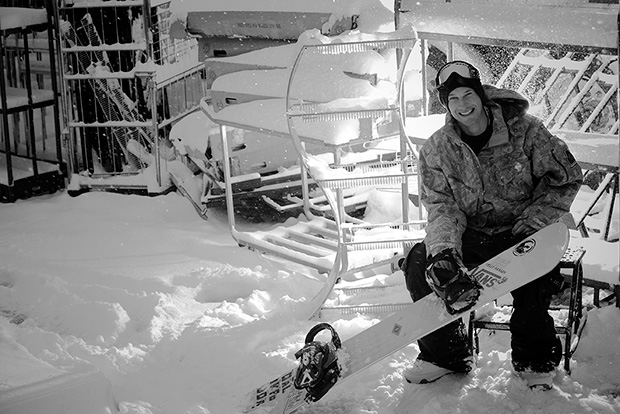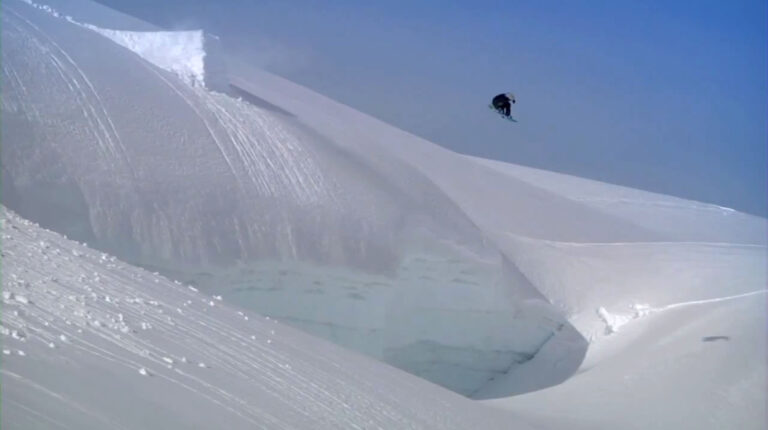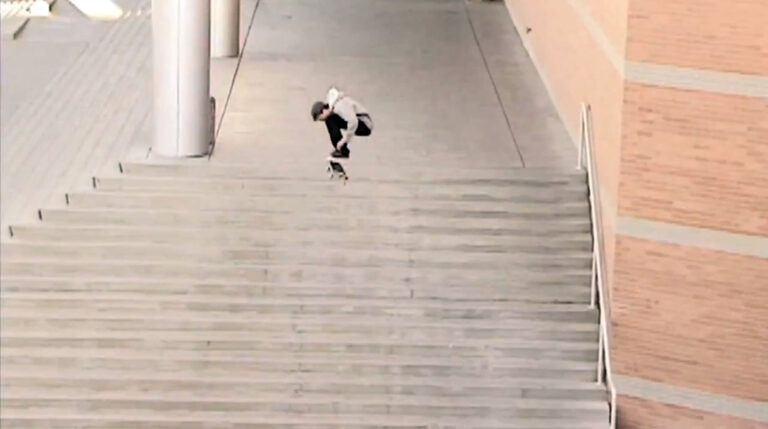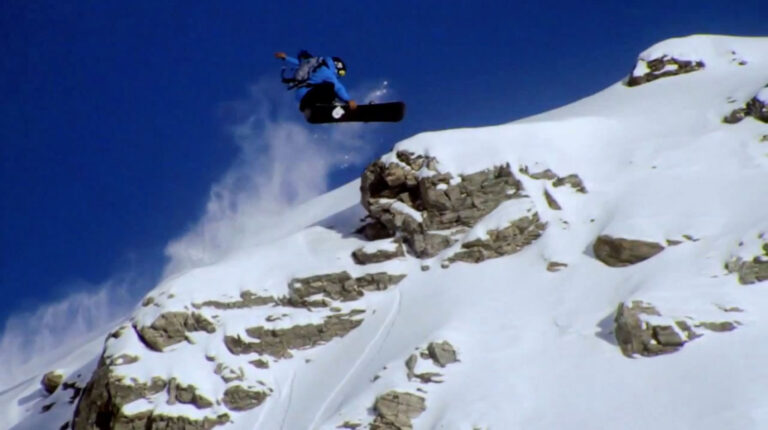Published in Whitelines Magazine Issue 90, Spring ’10
Words: Chris Moran
It’s fitting that this months’ roots interviewee should be the legendary skate/snow pro John Cardiel. Cardiel has had one of the longest and most respected board-riding careers ever. His attitude and vision marked him out from a super early age, joining the likes of Tony Hawk and Danny Way when he won Thrasher Magazine’s coveted ‘Skater of the Year’ contest before his twentieth birthday. As his childhood friend Toad claimed in a recent retrospective on John, “he was just instantly good on a board. He had more natural talent than he could contain.”
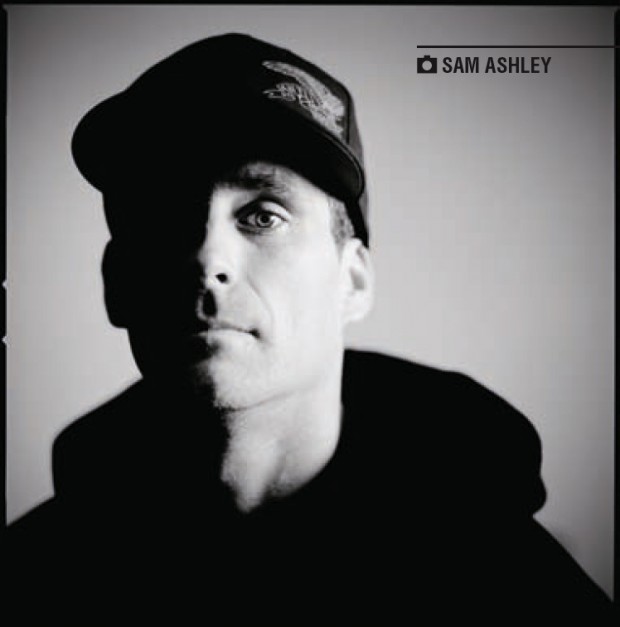
John ‘Card’ Cardiel was born in 1973 and raised in Half Moon Bay, California, right where the giant wave Mavericks breaks. “I never really got into surfing,” he says now. “I was just into skateboarding and skimboarding or riding BMX bikes. The surfer guys were all kind of dicks, they had this attitude that was so above it all, and I never got that crazy surfer attitude. I was like ‘fuck surfing’.”
Instead, John skated full time, going as far as to invent his own tricks and spending all his pent-up energy on local curbs and ramps. Then a chance meeting with the snow occurred. “My parents had gotten a job up at Grass Valley, kinda halfway between San Fransisco and Tahoe,” he says, “I was only the skater kid up there, but I met some older guys like [former Burton pro] Mike Jacobi, and they started to take me up snowboarding. It was basic, you know? I had Sorell boots and duct tape and it was just as the boards had gotten p-tex. So Mike had seen me do a backflip my first day – because from skating I was naturally there with the board – so he really flipped out on me and got me a Burton snowboard sent out. I was so stoked, and I entered some competitions and yeah, I got hooked up with Avalanche snowboards.”
John quickly caught the eye of another brand – Santa Cruz – and got a reputation as one to watch. Between 1992 and 1994 his star was on the rise, and his shared part with Steve Graham in 1994’s Riders on the Storm was a revelation. In just under two minutes he showed the world two tricks that became the most fashionable things to try in the mid 90s – the late backside 180 (there was no grab, but he boned his front leg out and stalled the spin until the last moment), and an incredible backflip 360 that was one of the most talked about moves of the year (my own VHS copy went all sketchy at that point because me and my friends had paused and rewound the tape so many times).
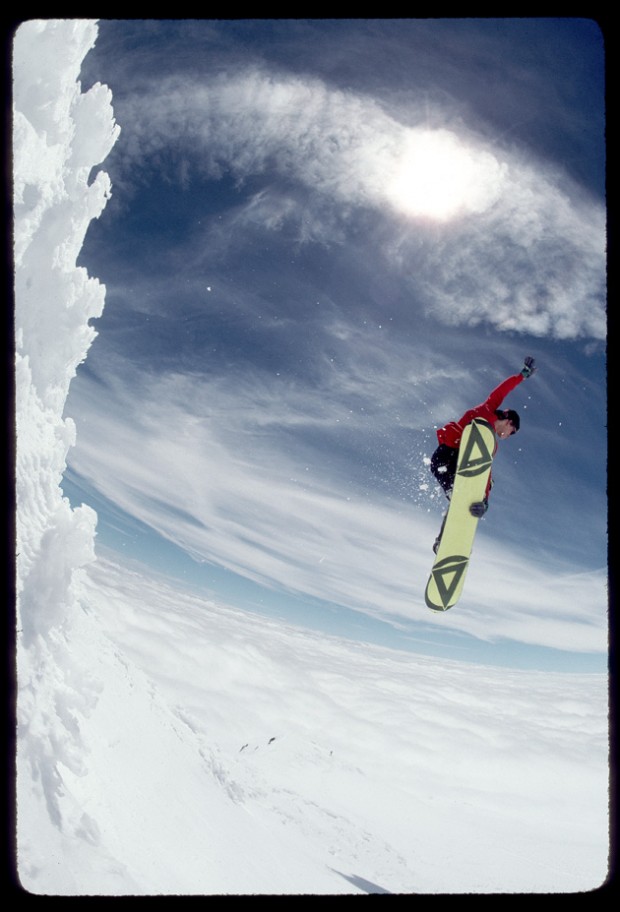
Strangely, at the time the snowboard world was mesmerized by this young kid with a baseball cap on backwards, Cardiel himself was getting disillusioned with snowboarding. In a recent documentary series on VBS.tv, he spelled it out: “Skateboarding was better. You think about it, [with snowboarding ] you’ve got to buy the boots, buy the snowboard, buy the clothes, buy the lift ticket. That’s two hundred bucks just to fucking go up to the snow. You’ve got to be semi ‘of means’ to even kick start the sport. Now you’re around all these dudes who are professional at it; like grew up in Aspen, whatever. Snowboarders. They don’t fucking know hard times. We don’t really vibe. With skateboarders, these are my people; I just fucking vibe with them.”
He’s not a confrontational person, but these are harsh words. I ask him if that’s why he gave up on the pro snowboard scene? “Snowboarding came fairly easy to me, [but] I found that some of the kids that were sponsored and other people in the industry, they were taking their snowboarding like it was like a skilled thing, and that they were on top of the world or something. And I was thinking, ‘But you can’t do these tricks on a skateboard. You’re doing them on snow and it’s soft, dude’. I mean I just thought skating was difficult, you know? And it wasn’t until I started seeing people like Craig Kelly riding, or people taking lines in Alaska, that I was like, ‘OK that’s the real shit’, but as far as tricks went, I just thought you guys had nothing on skaters.”
Snowboarding came fairly easy to me. As far as tricks went, I just thought you guys had nothing on skaters
Cardiel was hanging out with some of the original bad boys of the sport, whose hotel-destroying and state eviction antics were documented in the early films, so I’m surprised at this. I ask him if there were any snowboarders he did like hanging with. “Oh yeah,” he says. “I mean [Mike] Ranquet was a really good snowboarder and so was Chris Roach, Monty Roach and Tucker Fransen. These guys were all good, but they were a little bit older than I was, buying beers and so on, and they were just on a different level. I wasn’t really meshed in, I would only really see them out snowboarding, so it was more like when I saw the kids coming through at some of the sponsor competitions in my age group. I just didn’t get them. Now I’m older I see that it was just that I was young and I didn’t fit in. And my thought was: ‘If the people I like – if skateboarders could tap into this – it would be over.’ They were so much more talented.”
John quietly backed out of the competition scene, and then the media scene, appearing less in magazines and films, though he did turn up in the odd road movie such as 1996’s RPM made by Fall Line Films, which featured a section of John skating and snowboarding, blurring the tricks he could do on both boards. By 1996 his skate career was absorbing all his time. He literally changed skating, trying all his tricks out switch, or landing fakie, or putting late reverts on everything. And he did it all with what looked like an effortless style. Before Cardiel came around, skating had been getting super technical, with small wheels and cut down boards all the rage. After John, it looked pretty much as it does today; his influence can never be understated. I ask him whether throughout that time he ever went back to snowboarding. “Oh yeah, all the time,” he says. “I totally had my eye on the weather storms, I always had a four wheel drive car, and I always made the effort to go whenever I was home. I used to go riding with [former pro skater-turned snowboarder] Noah Salasnek, we would get up super early and go riding and get first tracks and just lap the chairlifts you know. I loved snowboarding, I loved the ride and the thrill of snowboarding, so I never gave it up.”
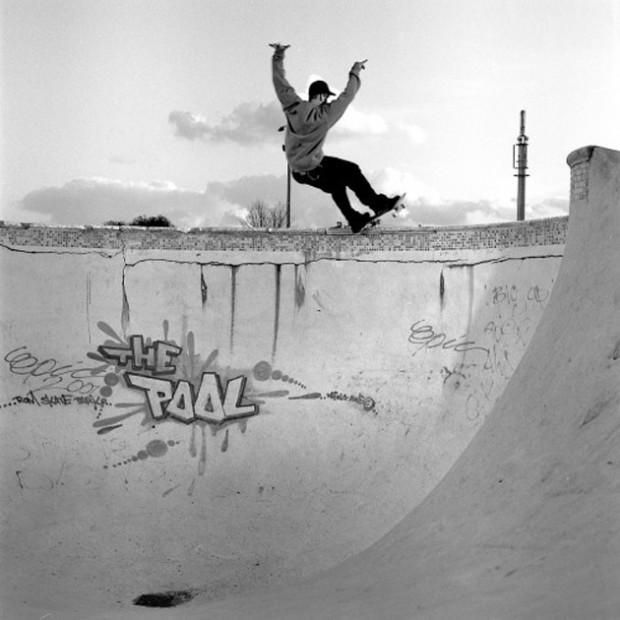
In 2003 John was in Australia filming for the skate movie Tent City when disaster struck. As he ran alongside a van, chatting to the guys inside, he was run over by its trailer, crushing his spine. “Next thing I know, I wake up in the hospital and can’t feel my legs,” he recalled in a recent interview. “I was tripping. I was trying to move them but couldn’t do it. I was thinking that maybe I had a spinal tap or something, like maybe they did something to me that made me unable to feel my legs. But then I see Matt Rodriguez and my dad and Julien Stranger, and they’re like, “Dude, you’re fucked up.” I was like, “Oh, shit. I really can’t feel my legs. This is real.”
The doctors told John he’d damaged his spinal cord so badly he’d never be able to walk again. But John didn’t believe the prognosis, and with super-human determination, he vowed to beat the paralysis. When he started to feel the odd sensation in a toe or two after six months of hospital, he knew there was hope. “Every day I’m trying,” he says. “It feels good to be able to walk to the bathroom, just to walk and stuff. It’s taken a hell of a struggle to get where I’m at. I haven’t noticed this one point, like, “I can walk now!” It’s just all part of it. Even now it’s such a struggle. I still can’t call it walking, necessarily.”
I watch the X-Games and that, and the pipes have gotten so much bigger it’s just unreal. I would just love to see one run where they just busted out a big mute, a big method, and some super-styled airs.
The VBS documentary shows John’s new passion – fixed gear bikes, and he races them around his home city of Sacramento, even getting air off a concrete bank at one point. I’d read in one interview that he had tried being back on a skateboard again, and I ask him if he’s thought about getting on a snowboard?
“I would love to give it a try,” he says, “but the frustration of not being able to do what you know you can do – that’s pretty difficult for me. I wanna bust you know? I wanna go hard, and if I can’t I’m gonna be really hurting. You know when you see bumps and jumps out of the corner of your eye, and if you can’t go and hit them you’re like, ‘what am I doing here?’ But saying that I will probably give it a try.”
I ask if he’s kept up with the snowboard scene in the interim? “Oh yeah,” says John. “I pick up the magazines, and I see what’s happening.” I wonder what he makes of the Olympics and the halfpipe scene, especially Shaun White’s recent double McTwist. “Well I watch the X-Games and that, and the pipes have gotten so much bigger it’s just unreal. I watch that shit and I’m like, ‘Wow!’ The thing that irritates me is that it’s all these flips and twists. You know, I would just love to see one run where they just busted out a big mute, a big method, and some super-styled airs. That’d be a trip.”
I’m with him on that one. It’s fitting that someone who’s remembered for being one of the most stylish riders to have ever stood on a board is even today looking at snowboarding with that aesthetic eye. We could do a lot worse than listen to John Cardiel, a true living legend.

